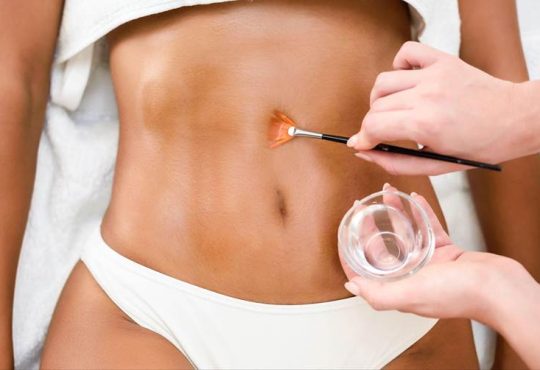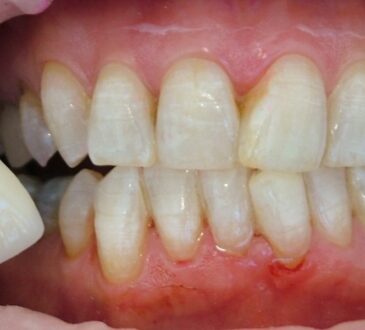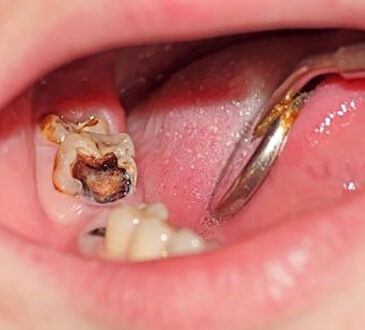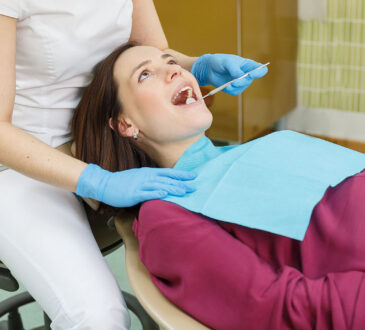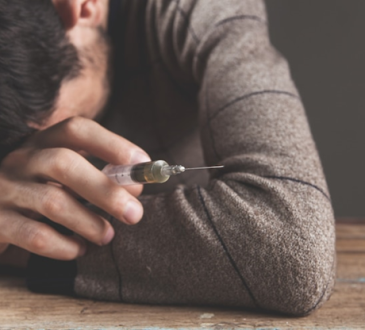Oral Health: Crucial Facts About Dental Cleaning
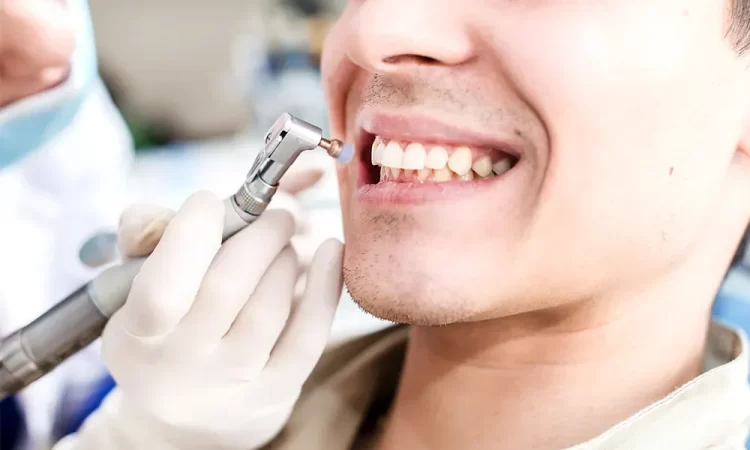
A dental cleaning, also known as a prophylaxis, is a routine oral health procedure offered by the family dentist in Fountain Valley, CA that plays a crucial role in maintaining a healthy, beautiful smile. Dental cleaning involves the removal of plaque, tartar, and stains from the teeth, both above and below the gum line. This preventative treatment helps to prevent the development of gum disease, cavities, and other oral health issues, while also freshening breath and boosting overall confidence.
In this article we will elaborate on some frequently asked questions about dental cleanings to keep you well informed.
Why do you need a dental cleaning?
Regular dental cleanings are essential for maintaining good oral health and preventing a range of problems. When plaque and tartar build up on teeth, they can cause cavities, gum disease, and other issues. If left untreated, these conditions can lead to pain, infection, and even tooth loss. Dental cleanings remove this plaque and tartar, helping to prevent these problems and ensuring that teeth and gums remain healthy. Additionally, cleanings can help to identify and address oral health issues early on, reducing the need for more complex and costly treatments. By removing surface stains, cleanings can also help to keep teeth looking their best, boosting confidence and self-esteem. Furthermore, research has shown that there may be a link between gum disease and other health issues, such as heart disease and diabetes.
How often should you get a dental cleaning?
The American Dental Association recommends that adults with a low risk of oral health problems schedule cleanings every six months. However, those with a higher risk, such as smokers, individuals with a history of cavities or gum disease, or those with certain medical conditions, may need to schedule cleanings every three to four months. Additionally, children and adolescents may require more frequent cleanings, typically every three to six months, to help prevent tooth decay and promote healthy oral development.
Will dental cleaning hurt?
Dental cleanings are typically a painless procedure, but some individuals may experience mild discomfort or sensitivity during or after the treatment. The hygienist will use gentle techniques and instruments to minimize any discomfort, and may also offer local anesthesia or sedation options for anxious or sensitive patients. Additionally, modern dental cleaning tools, such as ultrasonic scalers, are designed to be gentle and efficient, reducing the risk of discomfort. Any sensitivity or discomfort usually subsides within a few hours after the cleaning and can be managed with over-the-counter pain relievers or desensitizing toothpaste.
How long does dental cleaning take?
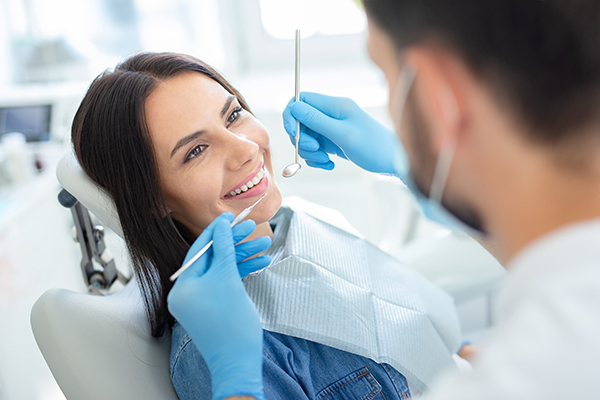
The length of a dental cleaning appointment can vary depending on individual needs and the complexity of the treatment. On average, a routine dental cleaning takes around 30-60 minutes to complete. However, this time frame can range from 15-90 minutes or more in some cases.
How long do the results of dental cleanings last?
The results of a dental cleaning can last for several months, but the exact duration depends on individual oral health habits and factors. Generally, a dental cleaning can help maintain a healthy, clean mouth for:
3-6 months: This is the average time frame before plaque and tartar start to build up again, requiring another cleaning.
6-12 months: With good oral hygiene habits, such as regular brushing and flossing, and a healthy diet, the results of cleaning can last longer.
1-2 years: In some cases, individuals with excellent oral health habits and minimal risk factors may be able to go longer between cleanings.
Can you eat and drink immediately after a dental cleaning?
After a dental cleaning, you can generally eat and drink immediately, but it’s recommended to wait for at least 30 minutes to an hour before consuming any food or beverages. This allows the fluoride treatment or other topical applications to fully absorb and take effect.
